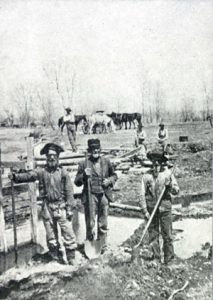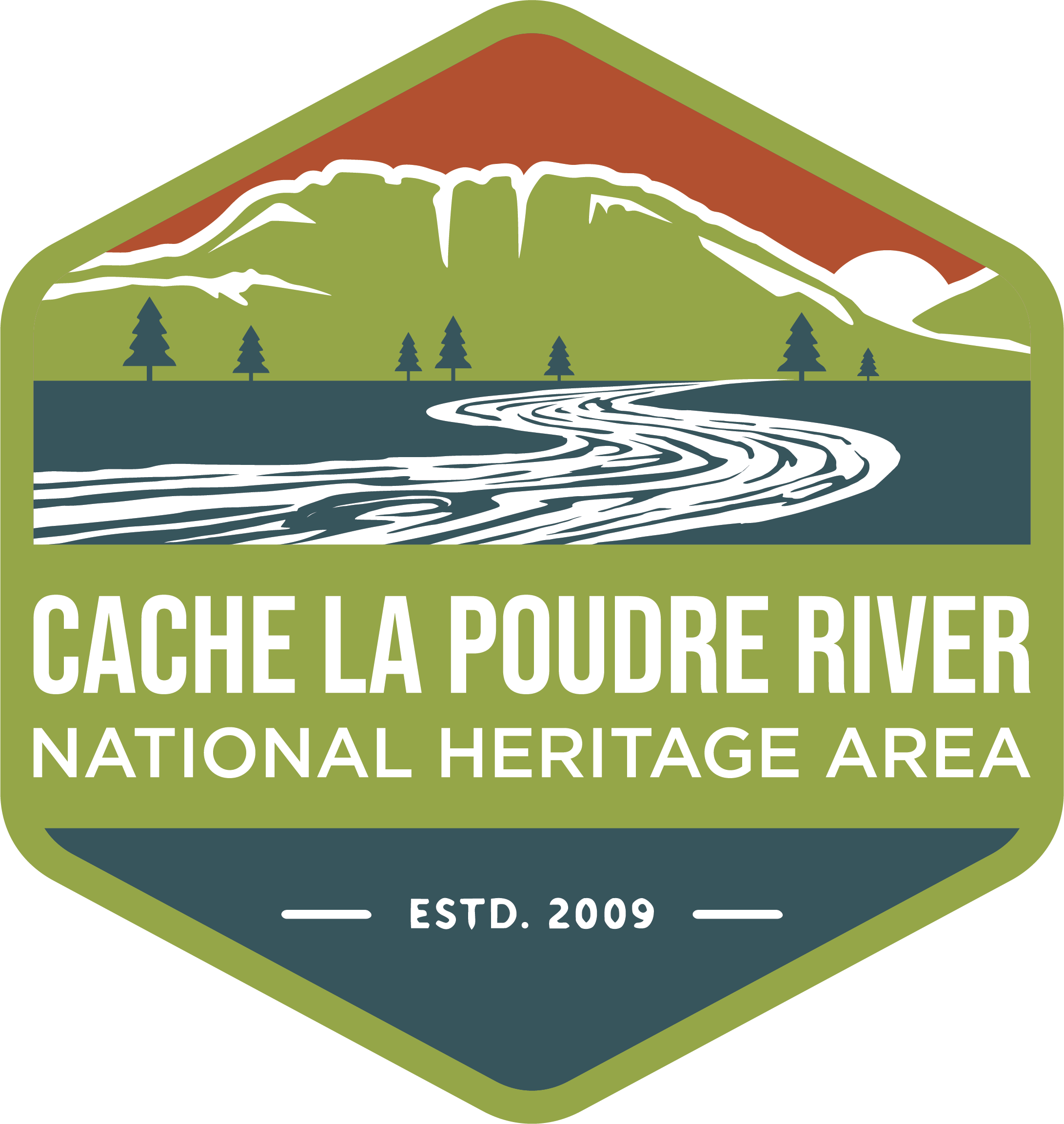 The 1859 discovery of gold brought miners to Colorado. Although the Poudre basin offered only modest lodes, the influx of people created a steady market for hay, grains, and other essential agricultural products. The Homestead Act of 1862 further encouraged settlement, forcing native tribes away from the river.
The 1859 discovery of gold brought miners to Colorado. Although the Poudre basin offered only modest lodes, the influx of people created a steady market for hay, grains, and other essential agricultural products. The Homestead Act of 1862 further encouraged settlement, forcing native tribes away from the river.
The Tribes struggled to hunt the disappearing wildlife, impacting their traditional survival methods. Outbreaks of measles, cholera, and other diseases also took their toll. Chief Friday, a local Arapaho leader, wanted to protect his people’s claim to land in the Cache la Poudre Valley. Friday spoke English and advocated for a reservation along the Poudre’s north bank. His efforts failed, and the government relocated the tribe to the Wind River Reservation in central Wyoming in 1867. In the early 1860s, northern Colorado farmers began digging modest irrigation ditches using shovels or a team of horses. These early irrigation structures ran only a few miles and closely paralleled the Poudre’s banks. With the construction of irrigation ditches, settlers could grow crops and raise livestock. More and more families staked out land along the river, forming communities like Laporte, Union Colony, Fort Collins (a former military installation), and Timnath.



